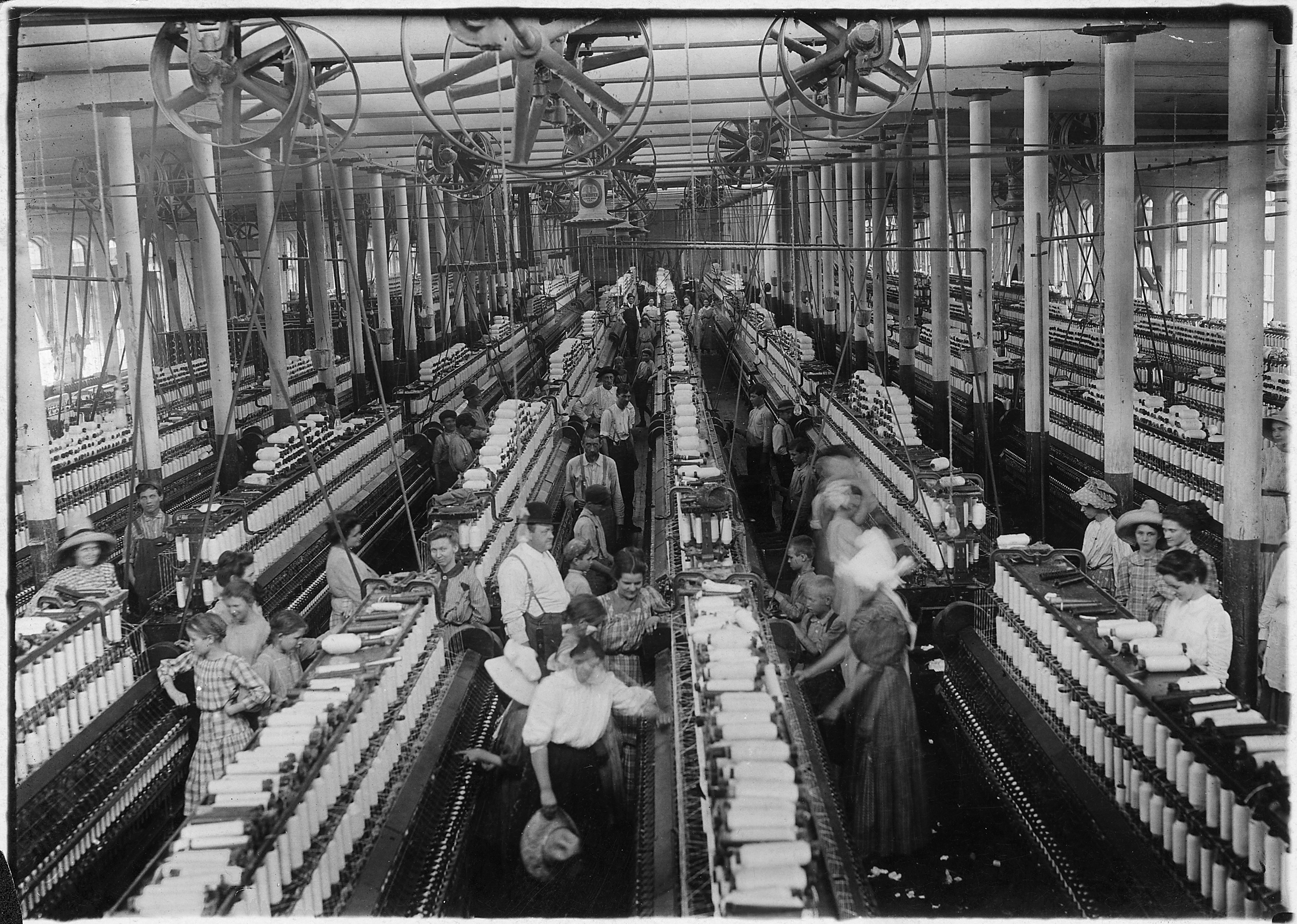Describe Factory Conditions in the 1840s
Between the American Revolution and the Civil War so many elements of American society were changing-the growth of population the movement westward the development of the factory system expansion of political rights for white men educational growth to match the new economic needs-that changes were bound to take place in the situation of women. Conquests took place all over the.

Working Conditions Industrial Revolution
Cornelius Vanderbilt 1794-1877 was a shipping and railroad tycoon and a self-made multi-millionaire who became one of the wealthiest Americans of the 19th century.

. Untreated human waste was a major environmental hazard as rapidly growing cities lacked sewer systems and relied on contaminated wells within city confines for drinking water supplies. The cycle continues harmoniously. Describe the effect of industrialization on consumption.
Science in its original sense was a word for a type of knowledge rather than a specialized word for the pursuit of such knowledgeIn particular it. Although the citys corporations threatened labor reformers with firing or blacklisting many mill girls protested wage cuts and working conditions. The worker would then be able to buy more goods with their wages.
Sugar was the product of the slave and the addiction of the poor factory workerthe meeting place of the barbarism of overseers such as Thomas Thistlewood and the rigid new economy When we talk about Atlantic slavery we must describe sugar Hell. Identify the goals of workers organizations like the Working Mens Party credit 1807 photo. A weaver stands at a loom on a factory floor Lowells textile corporations paid higher wages than those in other textile cities but work was arduous and conditions were frequently unhealthy.
The belief that was if they got this idea working fast enough through low taxes and free trade rules the. The APUSH exam underwent a major redesiee-response portion now only contains one DBQ and one LEQ from a choice of two. The 1830s pronounced eighteen-thirties was a decade of the Gregorian calendar that began on January 1 1830 and ended on December 31 1839.
Industrialized manufacturing began in New England where wealthy merchants built water-powered textile. Modern science is distinct in its approach and successful in its results so it now defines what science is in the strictest sense of the term. In the mid-nineteenth century after the.
The idea was that a factory would open and hire new workers. Science in a broad sense existed before the modern era and in many historical civilizations. To accommodate those needs a new factory starts production and more workers start working.
Explain the reasons why a new conservatism rose to prominence in the United States between 1960 and 1989. In this decade the world saw a rapid rise of imperialism and colonialism particularly in Asia and AfricaBritain saw a surge of power and world dominance as Queen Victoria took to the throne in 1837. According to Michael Slater a biographer of the Victorian author A Christmas Carol is Dickenss reaction to the attitude of the government and many of the ruling classes in the 1840s.
And yet that is only part of the story. Relations with Great Britain analyzing what changed and what stayed the same from the period before the. Enter the email address you signed up with and well email you a reset link.
Several million Irish migrated in the 1840s primarily because A poor environmental conditions induced them to migrate B they were attracted to the US C the English forced them to become refugees D disastrous economic conditions pushed them out of the country E Spanish invasion threatened their homes. Free response part B. Project Gutenberg Archives Northern industrialization expanded rapidly following the War of 1812.
Unsanitary conditions and overcrowding afflicted many American cities where outbreaks of disease including cholera and typhoid were common.

Women S Labor Article Khan Academy

Child Labor Laws Definition Industrial Revolution History


No comments for "Describe Factory Conditions in the 1840s"
Post a Comment